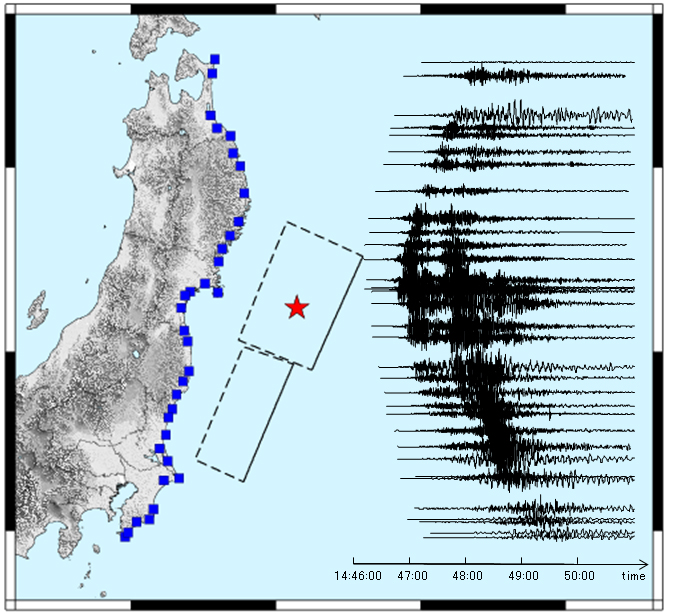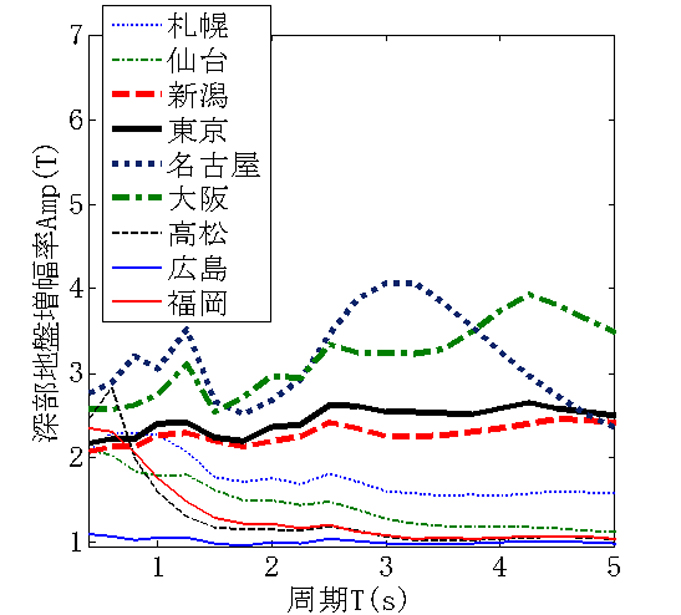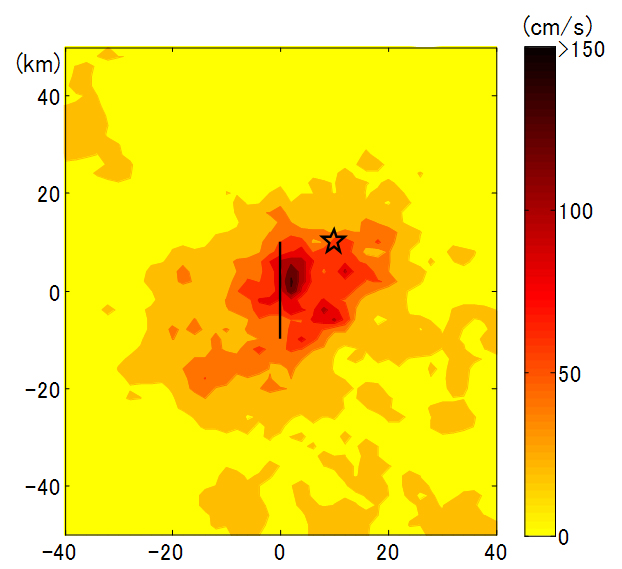Risk, Safety & Relibility Engineering
Our research group focuses on modeling of risk due to natural hazards (earthquake, strong wind, etc.) based on structural reliability theory, risk studies, regulatory science framework, from the standpoint of disaster prevention and mitigation of nuclear facilities:
(1) Risk analysis of spatially-distributed systems including nuclear facilities
(2) Ground motion prediction and probabilistic seismic hazard analysis
(3) Real-time earthquake disaster mitigation (including emergency reactor scram systems)
(4) Risk governance framework of important facilities against natural hazards
(1) Risk analysis of spatially-distributed systems including nuclear facilities
(2) Ground motion prediction and probabilistic seismic hazard analysis
(3) Real-time earthquake disaster mitigation (including emergency reactor scram systems)
(4) Risk governance framework of important facilities against natural hazards
Seismic Risk & Hazard Analysis, Ground Motion Prediction
Ground motion prediction equation (GMPE) and ground motion simulation
GMPEs have been widely used in probabilistic seismic hazard analysis (PSHA) for engineering systems including nuclear power plants.
Meanwhile, ground motion simulation (e.g. stochastic Green's function method or empirical Green's function method) is going to be used in future PSHA.
Consistency between treatment of uncertainty in these two methods and sophistication of these methods are discussed mainly by analyzing observed ground motion records.


Risk analysis of spatially-distributed systems The methodology for seismic risk analysis of spatially-distributed systems is studied, which utilizes random field theory, Bayesian network or Markov Chain Monte Carlo simulation. Spatial correlation and period-to-period correlation of ground motions are considered important for a risk analysis model.

Regulatory engineering & expert opinion elicitation In risk assessment of natural hazard including seismic hazard, it is important how to treat epistmic uncertainty in engineering decision making process. Focus of the study includes qualitily assurance of design, risk analysis and decision-making process.


Risk analysis of spatially-distributed systems The methodology for seismic risk analysis of spatially-distributed systems is studied, which utilizes random field theory, Bayesian network or Markov Chain Monte Carlo simulation. Spatial correlation and period-to-period correlation of ground motions are considered important for a risk analysis model.

Regulatory engineering & expert opinion elicitation In risk assessment of natural hazard including seismic hazard, it is important how to treat epistmic uncertainty in engineering decision making process. Focus of the study includes qualitily assurance of design, risk analysis and decision-making process.
Modelling of External Events including Risk due to Natural Hazards (Earthquake, Wind, Tsunami etc.)
Modelling of risk due to natural hazard is discussed for design of structures, emergency planning, damage prediction and restoration processes.
Real-Time Earthquake Engineering
Real-time prediction of earthquake ground motion and engineeering application
Real-time earthquake engineering focuses on application of existing earthquake early waring (EEW) to engineering system (e.g. industrial plants), on-site prediction of S-wave from P-wave for active vibration control of building structures, emergency shutdown of nuclear power plant, and real-time damage prediction through monitoring for efficient emergency response.